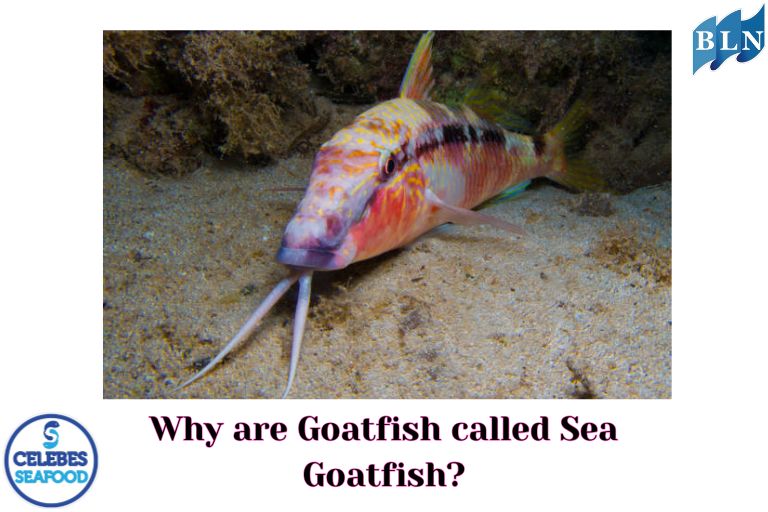Marine Product Transformation: Innovation in the Center for Downstream Fisheries Industry
By. Amma - 21 Apr 2025.jpg)
lautnusantara.com The downstream center of the fisheries industry plays an important role in transforming catches or cultivation into higher value-added products. Innovation in this process not only increases economic benefits, but also contributes to food security, job creation, and coastal development.
1. Why is Innovation in Downstream Seafood Important?
- Increasing Added Value: Raw seafood has a relatively low selling value. Through processing and product innovation, its selling value can increase many times over. For example, fresh tuna can be processed into premium frozen fillets, tuna floss, tuna meatballs, or even omega-3-based pharmaceutical products.
- Extending Shelf Life: Processed products have a longer shelf life than fresh products, reducing the risk of losses due to spoilage and price fluctuations. Modern preservation technologies such as flash freezing, canning, and drying play an important role here.
- Product Diversification: Innovation allows the creation of a variety of processed products that appeal to consumers with different preferences. This opens up wider market opportunities, both domestically and internationally.
2. Innovation Areas in the Fisheries Industry Downstream Center:
- Processing Technology: Development of new processing methods that are more efficient, produce high-quality products, and minimize waste. For example, the use of high-pressure processing (HPP) technology for heat-free preservation, or the extraction of bioactive compounds from fisheries waste.
- Product Development: Creating new processed products that are innovative and in line with market trends. This can be ready-to-eat food, healthy snacks, functional products (containing certain nutrients or health benefits), or non-food products such as cosmetics and pharmaceuticals.
- Packaging and Distribution: Innovation in attractive, safe packaging that extends the shelf life of products. Development of efficient logistics and cold chain systems to ensure products reach consumers in the best condition.
- Waste Utilization: Developing technology to process fishery waste (such as heads, bones, and offal) into value-added products, such as fish meal, collagen, chitosan, or organic fertilizer. This not only reduces environmental impact but also creates new sources of income.
- Digitalization and Automation: Application of digital technology in production management, quality control, inventory, and marketing. Automation of some processing processes can increase efficiency and reduce production costs.
- Food Safety and Traceability: Implementation of strict food safety systems and traceability systems that allow consumers to know the origin of the product and its processing process. This increases consumer confidence and product competitiveness.
- Increasing Efficiency and Sustainability: Innovation in production processes can reduce waste, save energy, and increase the efficiency of resource use. The application of environmentally friendly technology is also an important aspect in the sustainability of the fisheries industry.
- Creating Jobs and Improving Coastal Community Welfare: Downstream centers become the driving force of the local economy by creating jobs in the processing, packaging, marketing, and distribution sectors. This directly improves the welfare of coastal communities who often depend on marine products.
3. Examples of Innovations that Can Be Applied in Downstream Centers:
- Development of ready-to-cook or ready-to-eat frozen products made from fish and other seafood.
- Utilization of seaweed and algae for food, cosmetic, or bioenergy products.
- Development of active packaging that can extend the shelf life of products naturally.
- Use of sensors and IoT (Internet of Things) to monitor product temperature and quality during storage and transportation.
- Development of mobile applications for marketing and selling products directly to consumers.
4. Challenges and Opportunities:
Although the potential for innovation in downstreaming marine products is enormous, there are several challenges that need to be overcome, such as limited infrastructure, lack of access to technology and capital, and competent human resources. However, with government support, the right investment, collaboration between academics, industry, and the community, and a focus on research and development, Indonesia has a great opportunity to become a key player in the global fisheries industry that is competitive and sustainable.
Innovative downstream fisheries industry centers are the key to unlocking Indonesia's blue economy potential, improving the welfare of coastal communities, and ensuring the sustainability of marine resources for future generations.
If you are interested in our product CORAL TROUT WGG WHOLE GILLED GUTTED, CORAL TROUT WGG WHOLE GILLED GUTTED please do not hesitate to contact us through email and/or whatsapp.
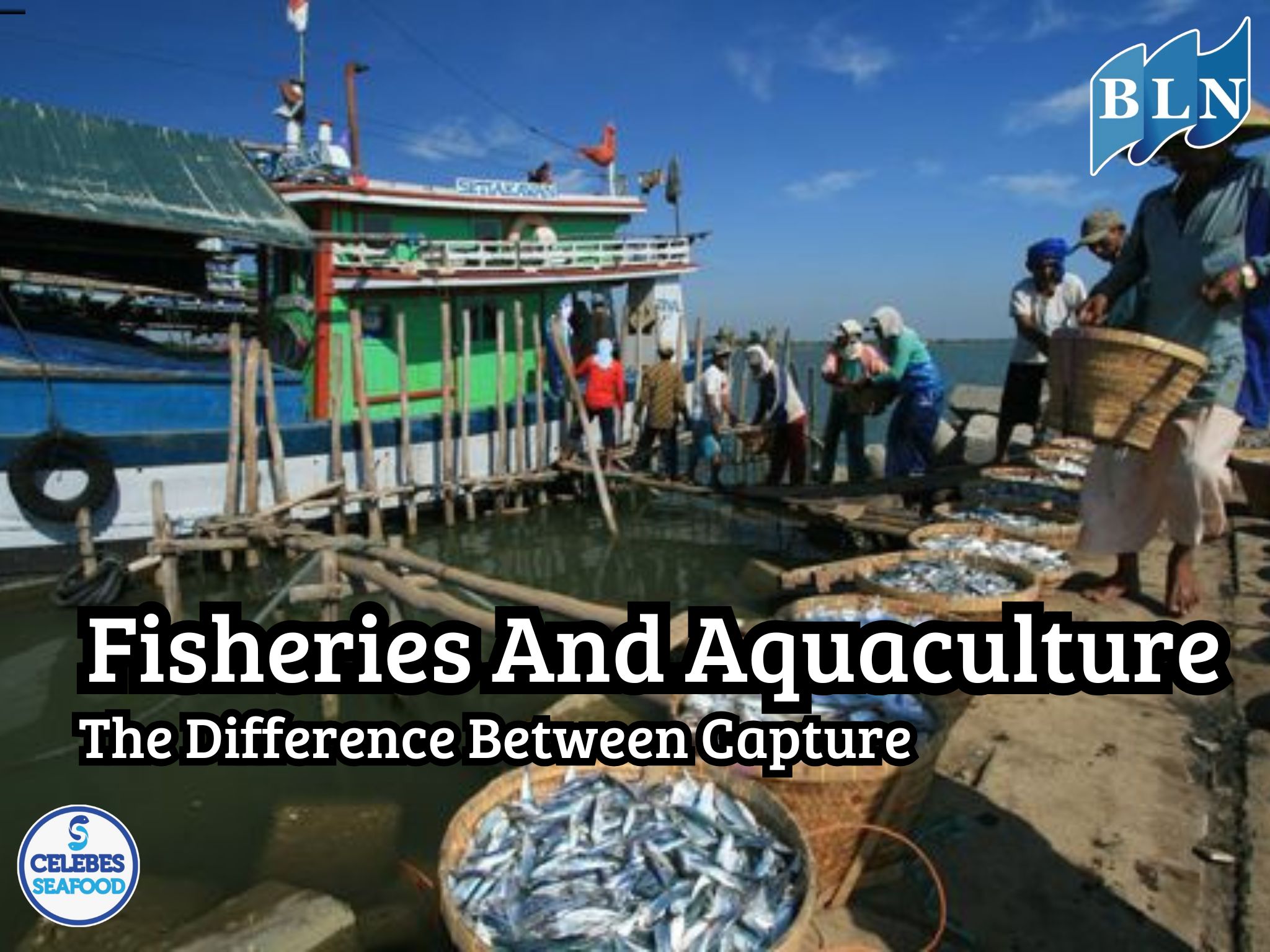
.jpg)
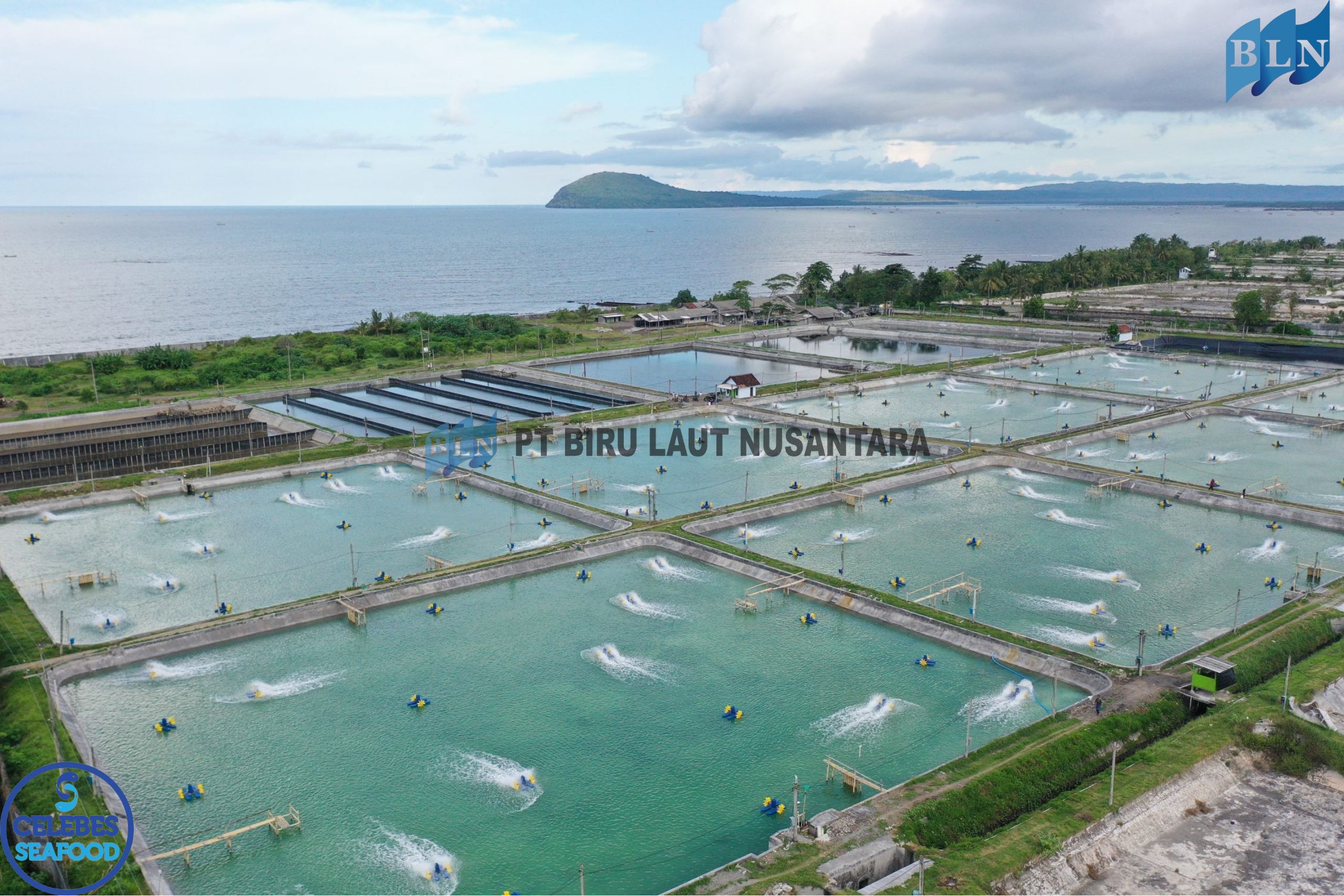
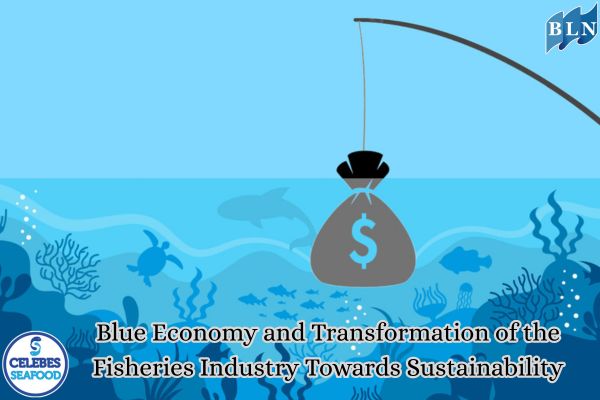

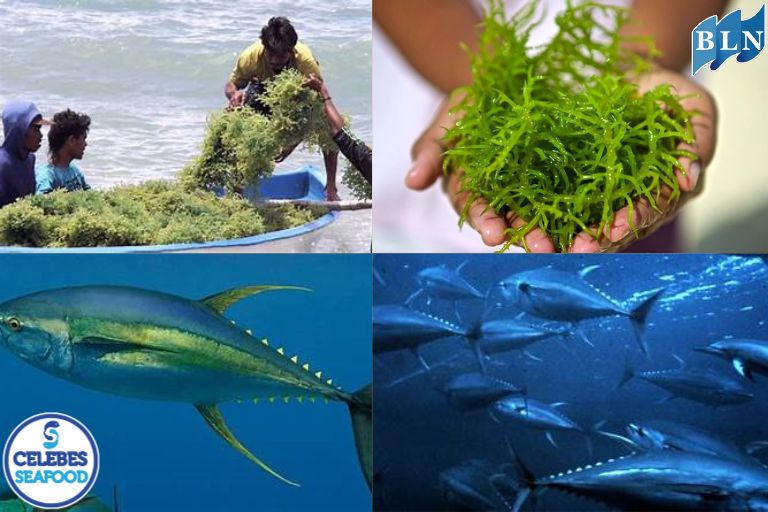
.jpg)
